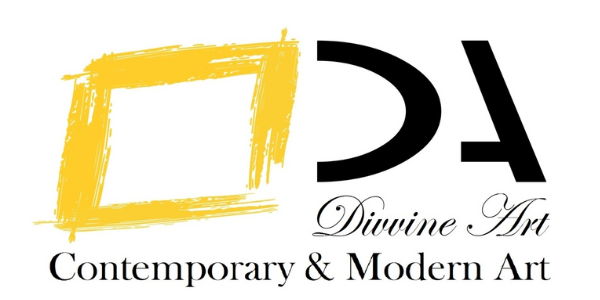Photography has revolutionised the art world since its inception. The unpredictability of photography’s effects on art and society can be compared to how, while the printing press was originally intended to facilitate the reproduction of bibles and manuscripts, the impact it had on the spread of ideas across social classes and borders could not have been predicted. Photography has altered our perception of the world.Photojournalism has revolutionized modern history; a single photograph has had a greater impact in explaining an event than the number of words needed to describe it. Painting was massively transformed in terms of art, with the simultaneous consequence of compelling the medium to move in new directions while also supplying it with new tools.
In the decades following its invention, there was much dispute about whether photography could be considered art or not. It was the result of an attempt to incorporate a mechanical medium into traditional emotive creative styles. Several ways were utilised to achieve this goal: some used a camera to mimic the subjects and styles of traditional “high” art, while others used it to aid their observation and as a source of fresh ideas and information. The reproduction of art objects was also a significant development in the use of photography; it had a significant impact on changing society’s visual culture and making art more accessible to the general public, thereby altering people’s perceptions, notions, and knowledge of art, as well as their appreciation of beauty. It also paved the way for the development of art history as a serious discipline.
Three basic viewpoints on the potential of photography as an art form evolved from constant arguments, heated articles, and opposing comments, particularly in France and England, about the significance of photography in art. The most basic argument, supported by many painters and a segment of the public, was that photography should not be considered an art form because it was a mechanical device involving physical and chemical procedures rather than human hand and spirit; they believed camera images had more in common with fabrics produced by machinery in a mill than with handmade work created by inspiration.
The second commonly held belief, held by painters, photographers, and some critics, was that it should be helpful as a medium for other art disciplines but not as an art form in and of itself, because it could not be compared to drawing or painting in terms of creativity. A third group claimed that photography was akin to etching or lithography and hence could be used to make equally genuine works of art, as well as having a positive impact on the arts and culture in general.
The introduction of photography elicited a variety of responses from artists. Many portrait painters, fearful that photography would render their craft obsolete, attempted to capitalise on the new medium by incorporating it into their work; others abandoned painting entirely and pursued paper photography. While outspokenly denying photography’s claims to be art and the rights of photographers to legal protection, other painters, including Ingres, began to use photography to record their own work as well as to provide themselves with source material for poses and backgrounds while denying its influence.
Painters at the time were threatened by a potentially competing visual medium and were forced to find methods to incorporate the photograph into their work, whether they admitted it or not. Artists began to develop new means to distinguish form and new regions of emotion worthy of depiction, which culminated in the most dramatic revolution in painting. Although shaky at first, the links between graphic and photographic representation have grown stronger through time and continue to enliven both mediums.
Beyond a small percentage of aesthetically inclined photographers’ quest for acceptance of photographic images as art, a much more significant development for the broader public was taking place. Photographers began publishing photographic copies of masterworks of Western art in the 1850s, realising that faithful reproduction of works of art could be both profitable and culturally useful to the general public.Since then, camera images have been without a doubt the most important supplier of visual artefacts to the largest number of people, transforming public access to the world’s visual art legacy. In terms of duplicating art objects, what was rejected as too real in terms of works of art was highly prized. This was a much-welcomed benefit of photography, as it was felt that acquaintance with masterworks of art would not only uplift the spirit, but also improve general taste and enable people to make better decisions in their daily lives when it came to decorating and dressing.
Apart from its huge variety of applications, photography is now widely regarded as a viable fine art subject. Almost every well-known and reputable museum includes a section devoted purely to photographic art, and there are other museums and galleries dedicated solely to photography. Photographic art has finally gained its footing in the art world.
Photography’s potential has exploded in the previous few decades. Aside from traditional two-dimensional, modest-sized black-and-white photographs, the medium explores and includes images in a variety of shapes, colours, and formats, with a variety of purposes, including providing information, making formal statements, selling product ideas, or analysing political and cultural events. The increased role of photography as a marketable commodity, combined with the advancement and development of new technology and aesthetic theories, has impacted the way the medium is presently utilised and viewed. The recognised and extended status of this medium is the product of a long history in which photography thrived even more because it was so closely linked to technological, artistic, and social changes.

